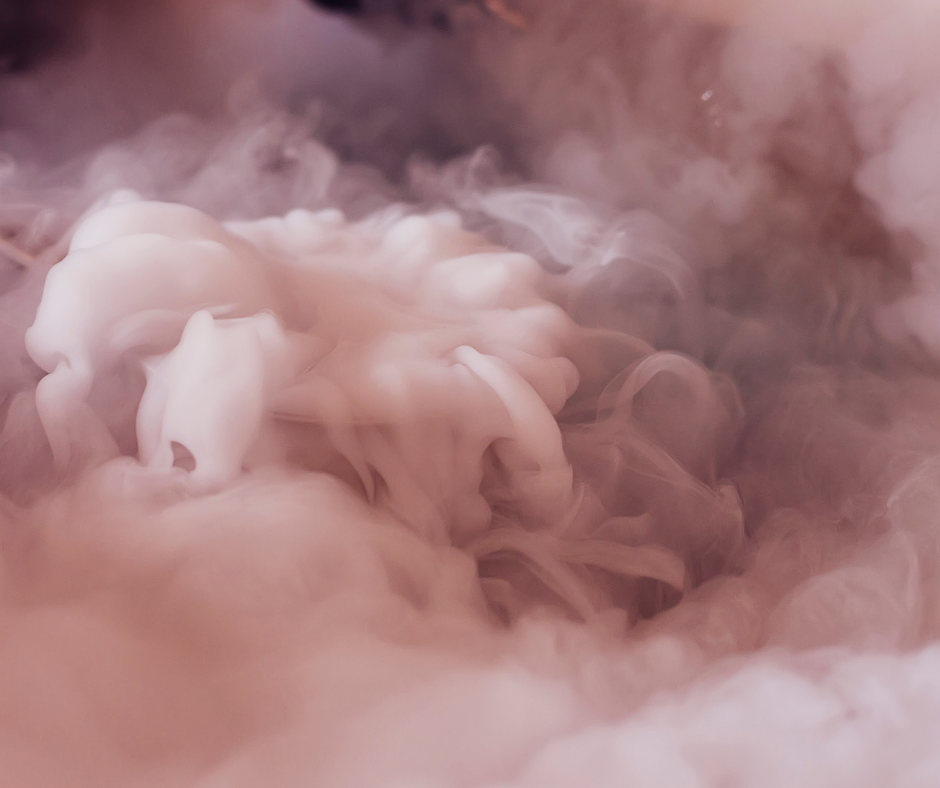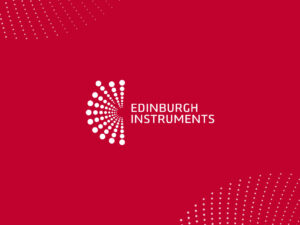In this Technical Note, the near infrared (NIR) PMT options for the FLS1000 Photoluminescence Spectrometer are compared. The advantages and disadvantages of thermoelectric versus liquid nitrogen cooling and 1400 nm versus 1700 nm upper detection limits are discussed.
There are four NIR PMT models available for the FLS1000 Photoluminescence Spectrometer and are overviewed in Table 1.
Table 1: FLS1000 Photoluminescence Spectrometer NIR PMT Models.
The cooling type is an important decision when choosing the optimum NIR PMT for your FLS1000. The PMT-NIR-LN2 is cooled using liquid nitrogen while the PMT‑NIR-TE is thermoelectrically cooled. However, the choice of cooling method extends beyond the practicality of cooling and also determines the detector’s spectral range and temporal response width.
Table 2: Liquid Nitrogen vs Thermoelectric Cooling.
The PMT-NIR-TE is more user-friendly to operate as no liquid nitrogen supply is required. The PMT-NIR-TE begins cooling with one button press and reaches its operating temperature within 20 minutes. The PMT-NIR-LN2 requires a supply of liquid nitrogen for cooling. It is connected to a Dewar of liquid nitrogen via a transfer line and takes 120 minutes to reach its operating temperature. There is a warming alarm and high-voltage shut-off if the liquid nitrogen runs out and the temperature starts to rise.
The quantum efficiency curves (QE) of the four NIR PMT options are shown alongside the PMT-900 and PMT-980 in Figure 1. Above 950 nm the LN2 and TE versions have almost identical quantum efficiency and equivalent performance. Below 950 nm the TE version has an abrupt drop in sensitivity, while the LN2 version is sensitive into the visible.

Figure 1: Quantum efficiency curves of the NIR PMT models alongside the PMT-900 and PMT-980.
The main advantage of the LN2 version is the increased spectral range into the visible and higher QE at the efficiency crossover point with the PMT-980 (1.8% for LN2 and 0.25% for TE). The LN2 version can measure emission spectra in the 500-1400/1700 nm range using it as the sole detector. Measuring spectra that extend below 950 nm is more complicated for the TE version, as the PMT-980 must be used in conjunction to measure <950 nm and the spectra of both detectors combined into one complete spectrum.
The spectral range difference is also important for NIR quantum yield (QY) measurements where excitation is <950 nm. With the TE version, excitation <950 nm requires two detectors (PMT-980 for excitation and PMT-NIR-TE for emission) for NIR QY. This is a more advanced measurement as the spectra from the two detectors must be correctly scaled using a reference sample. With the LN2 version, NIR QY with excitation wavelengths >500 nm can be measured on a single detector (lower wavelength limits are available upon request).
When the reduced spectral range of the TE version has no detriment (emission > 950 nm for NIR spectral and excitation >950 nm for NIR QY) the TE version is the recommended choice. It has no performance downside and is easier and faster to cool. For NIR spectral measurements where emission is centred close to 1000 nm the LN2 version is recommended due to its higher QE in this region and capability to acquire the spectrum as the sole detector. For NIR QY with excitation <950 nm the LN2 version is recommended so that excitation and emission can be measured with a single detector.
The recommended PMT version for NIR spectral and quantum yield measurements are therefore as follows:
Table 3: Recommended NIR PMT model for different scenarios.
The final difference between the LN2 and TE versions is the temporal response width. The TE version has a narrower response of 400 ps compared to 800 ps for the LN2 version. The TE version can therefore in principle measure shorter lifetimes than the LN2 version. The complication is if excitation is <950 nm then the TE version cannot directly measure the instrument response function (IRF) using the laser scatter for reconvolution fitting. Instead, the IRF must be measured from a quenched dye above 950 nm.
The NIR-PMT-LN2 and NIR-PMT-TE are both available with either a 1400 nm or 1700 nm upper wavelength limit. The 1700 nm is the most popular version due to its broader wavelength coverage, however, for applications where the emission is below 1400 nm the 1400 nm version should be considered as it has a higher sensitivity.
The sensitivity of the NIR PMT options are compared in Figure 2. The curves show the number of photons per second that must be incident on each PMT to obtain a signal-to-noise ratio of 1. The signal-to-noise ratio of a photon-counting PMT depends on the QE of the PMT and the dark count. The number of photons per second required to achieve a signal-to-noise ratio of 1 can be calculated using:

The 1400 and 1700 versions have the same quantum efficiency (Figure 1) but different dark count rates and therefore different noise (square root of the dark count rate). The 1400 version has a typical dark count rate of 3,000 cps while the 1700 version has a typical dark count rate of 70,000 cps. As a result, the 1400 version has ~4.5x higher sensitivity than the 1700 version across its spectral range (lower curve in Figure 2). Since, the signal-to-noise ratio of a spectrum scales with √N , where N is the number of repeats, it will take over 20x longer to acquire a spectrum with equivalent signal-to-noise as the 1400 version when using the 1700 version.

Figure 2: Sensitivity curves of the NIR PMT options alongside the PMT-900 and PMT-980. The y-axis is the number of photons per second incident on the detector required to achieve a signal-to-noise ratio of 1, lower is better. The sensitivity curves are based on dark count rates of 50 cps for the PMT-900, 100 cps for the PMT-980, 3000 cps for the NIR-PMT-1400 and 70,000 for the NIR-PMT-1700.
The dark count rate also determines the maximum lifetime that can be acquired using time-correlated single photon counting (TCSPC). In TCSPC the detector count rate must be kept lower than 5% of the laser repetition rate to avoid pulse pile-up. The dark count rate of the PMT imposes the lower bound on the laser repetition rate that can be used:
Table 4: Approximate Maximum Lifetime.

